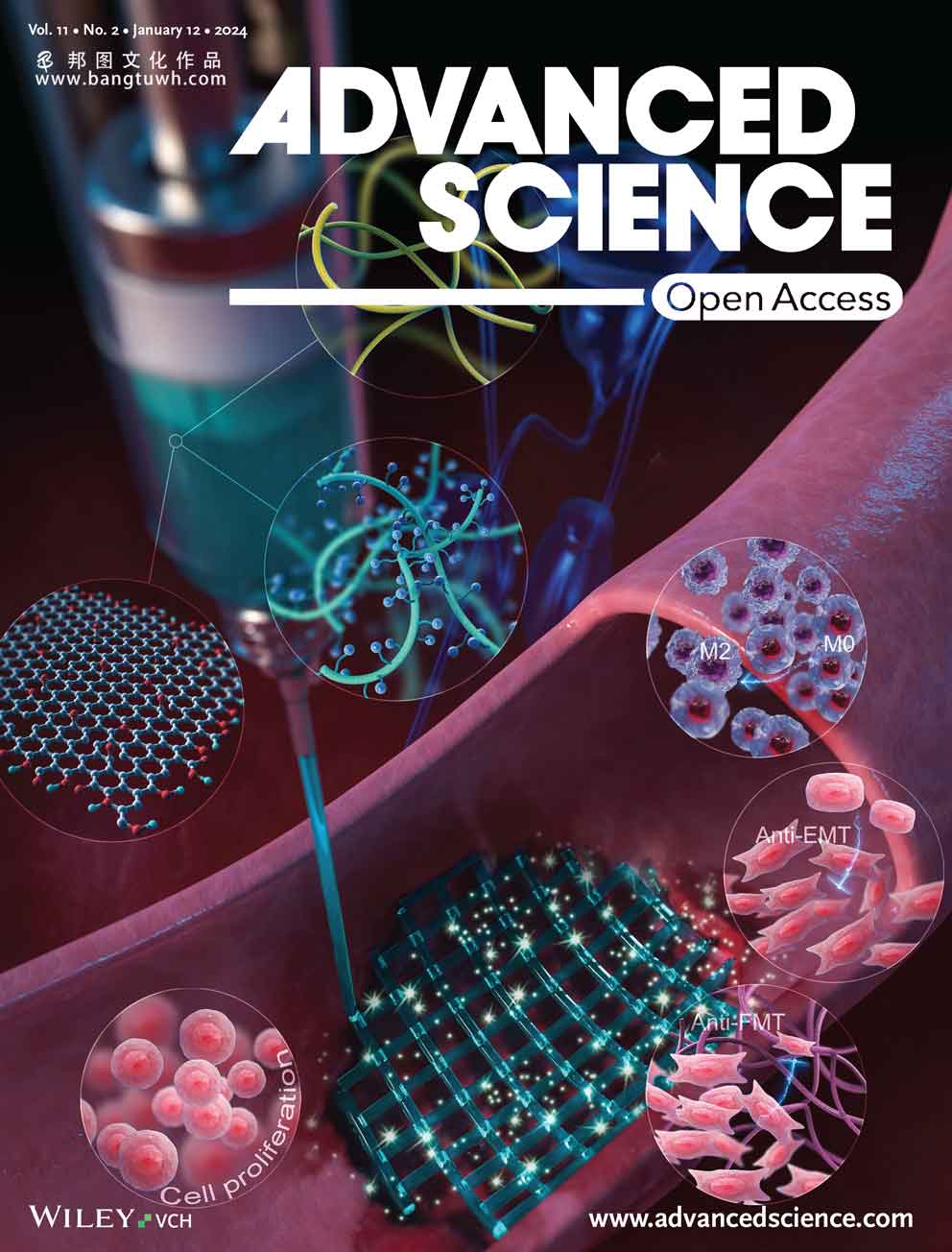
科研绘图sci画图作图学术杂志封面设计toc示意图文章配图医学动画





the nasty urine microenvironment (ume) is an inherent obstacle that hinders urethral repair due to fibrosis and swelling of the oftentimes adopted hydrogel-based biomaterials. here, using reduced graphene oxide (rgo) along with double-freeze-drying to strengthen a 3d-printed patch is reported to realize scarless urethral repair. the sodium alginate/gelatin/reduced graphene oxide (sa/gel/rgo) biomaterial features tunable stiffness, degradation profile, and anti-fibrosis performance. interestingly, the 3d-printed alginate-containing composite scaffold is able to respond to ca2 present in the urine, leading to enhanced structural stability and strength as well as inhibiting swelling. the investigations present that the swelling behaviors, mechanical properties, and anti-fibrosis efficacy of the sa/gel/rgo patch can be modulated by varying the concentration of rgo. in particular, rgo in optimal concentration shows excellent cell viability, migration, and proliferation. in-depth mechanistic studies reveal that the activation of cell proliferation and angiogenesis-related proteins, along with inhibition of fibrosis-related gene expressions, play an important role in scarless repair by the 3d-printed sa/gel/rgo patch via promoting urothelium growth, accelerating angiogenesis, and minimizing fibrosis in vivo. the proposed strategy has the potential of resolving the dilemma of necessary biomaterial stiffness and unwanted fibrosis in urethral repair.



微信扫一扫,加设计师好友
17621261539
周一至周五8:30-18:00

提升“研值”

工作人员将在1个小时内联系您。

